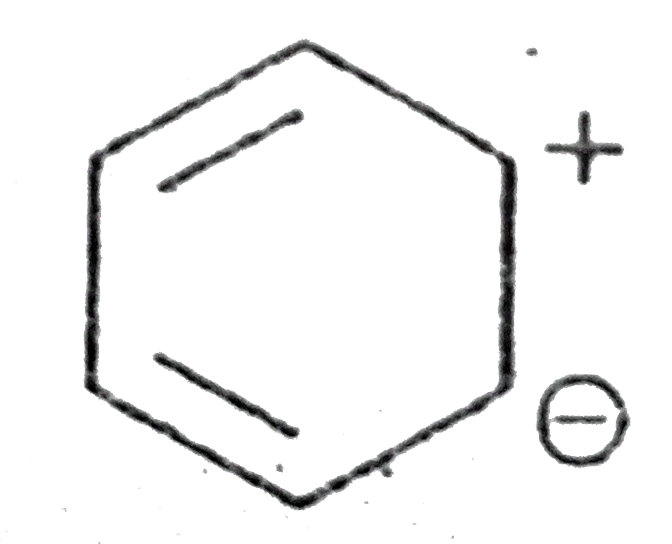Assume that there is no repulsive force between the electrons in an atom but the force between positive and negative charges is given by Coulomb's law as usual . Under such circumtences, calculate the ground state energy of a He-atom.
To calculate the ground state energy of a helium atom under the assumption that there is no repulsive force between the electrons, we can follow these steps:
Step 1: Understanding the Helium Atom
A helium atom (He) has 2 protons and 2 electrons. The atomic number Z for helium is 2. The nucleus has a positive charge of +2e (where e is the elementary charge), and each electron has a charge of −e.
Step 2: Coulomb's Law
According to Coulomb's law, the potential energy V between two point charges is given by:
V=k⋅q1⋅q2r
where k is Coulomb's constant, q1 and q2 are the charges, and r is the distance between them.
Step 3: Energy Expression for Electrons in Hydrogen-like Atoms
The energy of an electron in the nth orbit of a hydrogen-like atom is given by:
En=−mZ2e48ϵ20n2h2
where:
- m is the mass of the electron,
- Z is the atomic number (for helium, Z=2),
- e is the charge of the electron,
- ϵ0 is the permittivity of free space,
- h is Planck's constant,
- n is the principal quantum number.
Step 4: Substitute Values for Ground State Energy
For the ground state, n=1:
E1=−m(22)e48ϵ20(12)h2
This simplifies to:
E1=−4me48ϵ20h2=−me42ϵ20h2
Step 5: Calculate Total Ground State Energy for Helium
The energy calculated above is for one electron. Since there are two electrons in a helium atom, we need to consider the total energy:
Etotal=2×E1
However, we need to remember that the ground state energy for a helium atom is often approximated as:
Etotal=−54.4eV
This value is derived from the fact that each electron contributes approximately −13.6eV in a hydrogen-like atom, and for helium, it is adjusted to account for the nuclear charge and the lack of electron-electron repulsion.
Final Result
Thus, the ground state energy of the helium atom, assuming no repulsive force between the electrons, is:
Etotal=−54.4eV
A helium atom (He) has 2 protons and 2 electrons. The atomic number Z for helium is 2. The nucleus has a positive charge of +2e (where e is the elementary charge), and each electron has a charge of −e.
According to Coulomb's law, the potential energy V between two point charges is given by:
V=k⋅q1⋅q2r
where k is Coulomb's constant, q1 and q2 are the charges, and r is the distance between them.
The energy of an electron in the nth orbit of a hydrogen-like atom is given by:
En=−mZ2e48ϵ20n2h2
where:
- m is the mass of the electron,
- Z is the atomic number (for helium, Z=2),
- e is the charge of the electron,
- ϵ0 is the permittivity of free space,
- h is Planck's constant,
- n is the principal quantum number.
For the ground state, n=1:
E1=−m(22)e48ϵ20(12)h2
This simplifies to:
E1=−4me48ϵ20h2=−me42ϵ20h2
The energy calculated above is for one electron. Since there are two electrons in a helium atom, we need to consider the total energy:
Etotal=2×E1
However, we need to remember that the ground state energy for a helium atom is often approximated as:
Etotal=−54.4eV
This value is derived from the fact that each electron contributes approximately −13.6eV in a hydrogen-like atom, and for helium, it is adjusted to account for the nuclear charge and the lack of electron-electron repulsion.
Thus, the ground state energy of the helium atom, assuming no repulsive force between the electrons, is:
Etotal=−54.4eV
Topper's Solved these Questions
- BOOK - NCERT EXEMPLAR ENGLISHCHAPTER - ATOMSEXERCISE - Long Answer Type6videos
ATOMS
- BOOK - NCERT EXEMPLAR ENGLISHCHAPTER - ATOMSEXERCISE - Very short Answer type5videos
ATOMS
- BOOK - NCERT EXEMPLAR ENGLISHCHAPTER - ALTERNATING CURRENTEXERCISE - Long Answe types Questions5videos
ALTERNATING CURRENT
- BOOK - NCERT EXEMPLAR ENGLISHCHAPTER - COMMUNICATION SYSTEMEXERCISE - LONG ANSWER TYPE QUESTIONS5videos
COMMUNICATION SYSTEM
Similar Questions
Knowledge Check
- Question 1 - Select One
State Coulomb's law of electric force between two charged bodies.
Aproportional to the sum of the chargesBinversely proportional to the distance between chargesCproportional to the product of the charges and inversely proportional to the distanceDproportional to the product of the charges and inversely proportional to the square of distance. - Question 2 - Select One
Assertion : The elastic spring force arises due to the net attraction or repulsion between the neighbouring atoms of the spring when it is elongated of compressed.
Reason : The laws of derived forces such as spring force, friction force are independent of the laws of fundamental forces in nature.AIf both assertion and reason are true and reason is the correct explanation of assertion.BIf both assertion and reason are true but reason is not the correct explanation of assertion.CIf assertion is true but reason is false.DIf both assertion and reason are false. - Question 3 - Select One
Assertion : Electrostalic forces are attractive as well as repulsive in nature.
Reason : Charges are positive and negative in nature.AIf both assertion and reason are true and reason is the correct explanation of assertion.BIf both assertion and reason are true but reason is not the correct explanation of assertion.CIf assertion is true but reason is false.DIf both assertion and reason are false.
(A): Coulomb force between charges is central force
(R ): Coulomb force depends an medium between chargesView SolutionCoulomb's law for the force between electric charges most closely resembles with
View SolutionState whether the gravitational force between two masses is attractive or repulsive ?
View SolutionThe force of repulsion between two electrons at a certain distance is F. The force between two protons separated by the same distance is (mp=1836me)
View SolutionFind the maximum coulomb force can act on the electron due to the nucleus in a hydrogen atom.
View Solution


